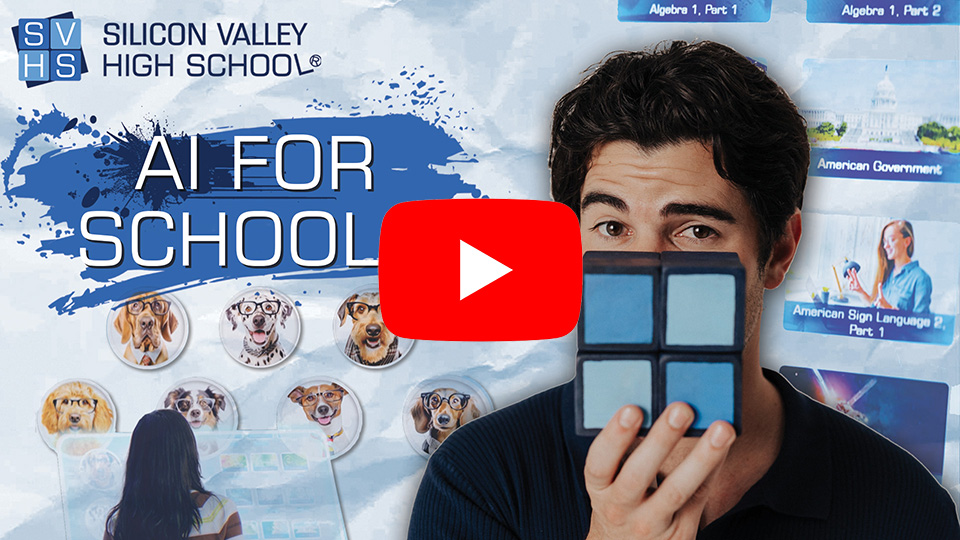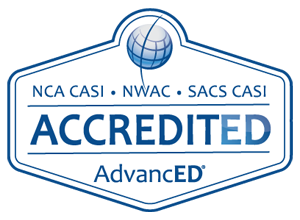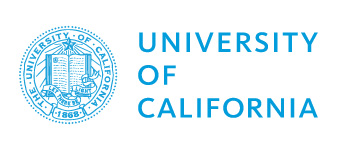As an accredited school, SVHS has been bestowed powers by the state of Nevada to award high school diplomas to students who satisfy the state criteria. As an online private school, our students can attend from anywhere in the world, or anywhere they can get an Internet connection, which is virtually everywhere in the world. So, SVHS is positioned to award US high school diplomas to students all over the world.
Only when a student has met the criteria do we award a diploma, so it’s important to accurately track where, when and how a student has met the criteria by successfully completing the required courses. A student can earn credits from other schools, and we can honor those credits. In fact, up to 75% of the credits going toward a high school diploma can be earned at other schools. Transcripts from other schools need to be reviewed and then transferred in to our system. I will explain precisely what credits are required a little later on, but this is about the student information system (“SIS”) that we developed to track the progress of students, calculate their GPA scores and let us know when a student has successfully completed the credits necessary to earn a diploma.
Before going further, let’s take a look at the difference between an LMS and a SIS. A student information system (SIS) and a learning management system (LMS) serve different purposes. The SIS handles the administration, management, and tracking of student data. A SIS typically includes features such as student demographics, enrollment and scheduling, grading and progress tracking, attendance tracking, and communication between teachers, administrators, and parents. It also includes reporting and analytics to give administrators and teachers a comprehensive view of student performance and demographics.
A learning management system (LMS) handles the administration, delivery, and tracking of educational courses, training programs, or learning and development programs. An LMS includes features such as course creation and management, student progress tracking within each course, assignment and assessment management, and communication between teachers and students. It also includes reporting and analytics to give teachers and administrators a comprehensive view of student progress, engagement, and performance.

Where a SIS focuses on managing and tracking student data, a LMS focuses on managing and delivering educational content and tracking student progress within that content.
When we were getting started, there was a point where we were forced to take data from our LMS and retype it into a third-party SIS. Clearly, this is not the optimal solution. It makes sense for a more seamless experience for both student and teachers, providing a unified view of student data, assignments, and grades across all classes, when these systems are tightly integrated. You’ll see from previous postings that we build our software on the LAMP Stack and we adopted Moodle as the foundation of our LMS. Moodle doesn’t have a SIS, so we had to look elsewhere. As an open-source developer, we initially looked at open-source SIS platforms but we were disappointed to find that the software available was not up to standard and could not be integrated with Moodle. Commercial off-the-shelf SIS platforms could not be tightly integrated with Moodle either, and we wanted to own and control our own source code so we embarked on the journey of building our own SIS. Thanks to this software development effort, we are now able to efficiently track the progress of students through our courses, to transfer in credits from other schools and to accurately determine when a student has achieved the courses required for us to award a diploma.
Our SVHS SIS is designed around our Graduation Requirements which require the following:
Consistent with the Nevada Department of Education requirements, to graduate and receive a diploma, students must complete a minimum of 230 credits. They must complete at least 25% of the credits required for graduation with SVHS and must have been continuously enrolled as a full-time student for at least one full semester. At least one-quarter of the credits required for graduation must have been earned by taking SVHS courses.
All students must, at minimum, complete the following courses:
- 4 years of English
- 3 years of Math, including at least 1 Algebra 1 & Geometry (or Integrated Math 1 & 2)
- 3 years of Science, including a life science and a physical science (Note: A fourth year of math in Precalculus or higher may be taken in lieu of the 3rd year of science)
- 1 year of World History
- 1 year of US History
- 1 semester of Government
- 1 semester of Economics
- 1 semester of Health
- 2 years of PE
- 1 year of either: VAPA: Visual Performing Arts, LOTE: Language Other Than English, or CTE: Career Technical Education, or Humanities
- Computers & Information Technology
- Money Math
- Additional Electives
Keeping track of the student’s progress through SVHS courses, as well as credits the student has earned in other schools, is now all handled by the SVHS SIS. It also tracks the student’s GPA and provides our educators with the information they need to guide students and counsel them on what courses they need to take in future. As we built the SIS and we own the source code, we are in position to build enhancements and customize it to our needs as we grow in future.
By David Smith, Founder & CEO of Silicon Valley High School

A former Apple World Marketing Manager, David has more than 30 years’ experience of founding and managing technology startups. He holds a JD from Santa Clara University School of Law, Post Graduate Diploma in Marketing from the University of Westminster and a BS (Honors) Computer Science and Economics from the University of Leeds. In the 1990’s David founded and acted as CEO for SurfMonkey, the leading web browser and Internet safety service for children. David has authored several books on business and intellectual property and is recognized by IAM magazine as one of the world’s leading intellectual property strategists.























